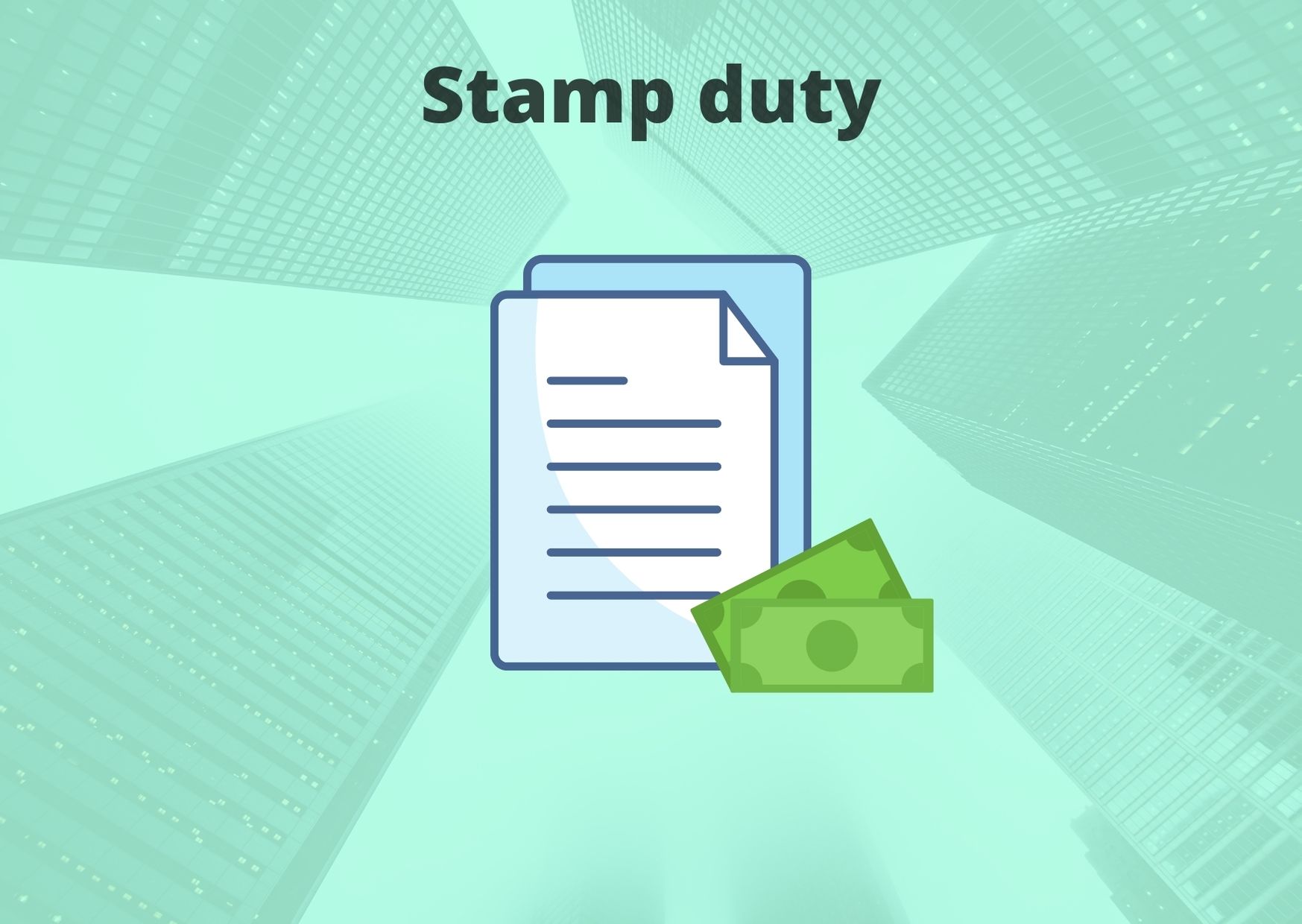10 Confusing Real Estate Terms Simplified
When entering into the real estate market to buy or sell, you may come across a ton of real estate jargons that may be hard for you to decipher. However, do not worry; here are the 10 real estate terms simplified to help you in your home buying journey.
If you are planning to foray into the real estate market to make what is likely the biggest purchase or sale of your life, you will come across several terms, ranging from the obvious to the obscure. You could be an aspiring realtor, homebuyer or someone who is just interested to know about the real estate industry. To help you on your journey, we have decoded the 10 most confusing terms you may find yourself stuck with.
FAR/FSI

The Floor Space Index (FSI) or Floor Area Ratio (FAR) refers to the total built-up area of the building divided by the total area of the plot, which the building rests upon. The formula for calculating FAR is as follows:
FAR= (Total area of each floor, or gross floor area)/(Area of the plot)
As every city has a limited developable area and development beyond this area puts undue pressure on the land and infrastructure, the government fixes the FAR or FSI. Based on the varying demographics, growth patterns and nature of land between different areas, the FAR may also vary across localities and is specified in each area’s Zoning Regulations.
Carpet area

In plain terms, carpet area is the floor area available for laying out a carpet, which is the total liveable area of a property. It can be calculated as the wall-to-wall distance of a housing unit. The usable area of the living room, dining room, bedroom, kitchen and bathroom as well as staircases within the house is taken into account when calculating the carpet area.
Built-up area

The total area covered by the outer balcony, the inner and outer walls, the utility ducts in addition to the carpet area comprises the built-up area of a housing unit. In most properties, nearly 30 percent of the built-up area consists of balconies, inner walls and ducts. The formula for calculating built-up area is as follows:
Built-up area = Carpet area + (Utility area + Duct area + Thickness of walls)
Super built-up area

Also known as the saleable area, the super built-up area includes the built-up area as well as the common areas shared among all flats in a residential complex such as the lobby, staircase, clubhouse, shafts, elevators, swimming pool, clubhouse, gymnasium and so on. The formula is as follows:
Super built-up area = Built-up area + Area occupied by common amenities such as elevators, lobby, clubhouse, etc.
Loading factor

The loading factor is essentially the difference between the super built-up area and the carpet area of a housing unit. The owner of an apartment calculates this value when they need to recover the cost of the facilities or amenities provided in the project from the tenant renting a said apartment. You may use the following formula for calculating the loading factor:
Carpet area x (1 – Loading factor) = Super built-up area
Let carpet area be 1,000 sq ft and super built-up area be 1,200 sq ft.
1,000 x (1 – Loading factor) = 1,200
1 – Loading factor = 1.2
Loading factor = 1.2 – 1= 0.2 or 20 percent.
As a standard, loading factor is always expressed in percentage.
Stamp duty

Stamp duty is a government tax payable under Section 3 of the Indian Stamp Act, 1899. In the case of property transactions, the stamp duty is charged as a percentage of either the transaction value or the minimum price of property determined by the government, known as circle rate, whichever is higher.
Registration fee

The registration fee is a processing charge collected by the State government to register a document with the registrar, the document being an agreement or proof of property transaction between two or more parties. In most Indian cities, one percent of the property value is charged as registration fees.
Freehold

Any piece of real estate which is legally owned by an individual and is free from any ‘hold’ of another entity, such as the State or Central government, is called freehold property. The owner may use the land any way they wish to as long as they adhere to local or zonal regulations. The owner is also free to transfer the property further without having to seek approval from the government.
Leasehold

In a leasehold property, an authority, such as the State or Central government, remains the actual owner of the land, while a builder may buy the land for a given length of time – usually 30 to 99 years – to develop apartment projects. Someone who buys an apartment built on leasehold land owns the apartment until the leasehold period expires.
Stilt parking

A partially covered parking area on the ground floor of an apartment building is known as a stilt parking space. Stilt car parking is not taken into account when determining the vertical growth limit of an apartment building, giving the developer the option to build additional floors that are permitted without stilt parking.
With a basic understanding of the above terms, you would be better equipped at handling your real estate journey. For making sense of some more real estate jargon that you may be confused about, you may refer to the 99acres Buyer Guide Glossary.
Comments
Post a Comment